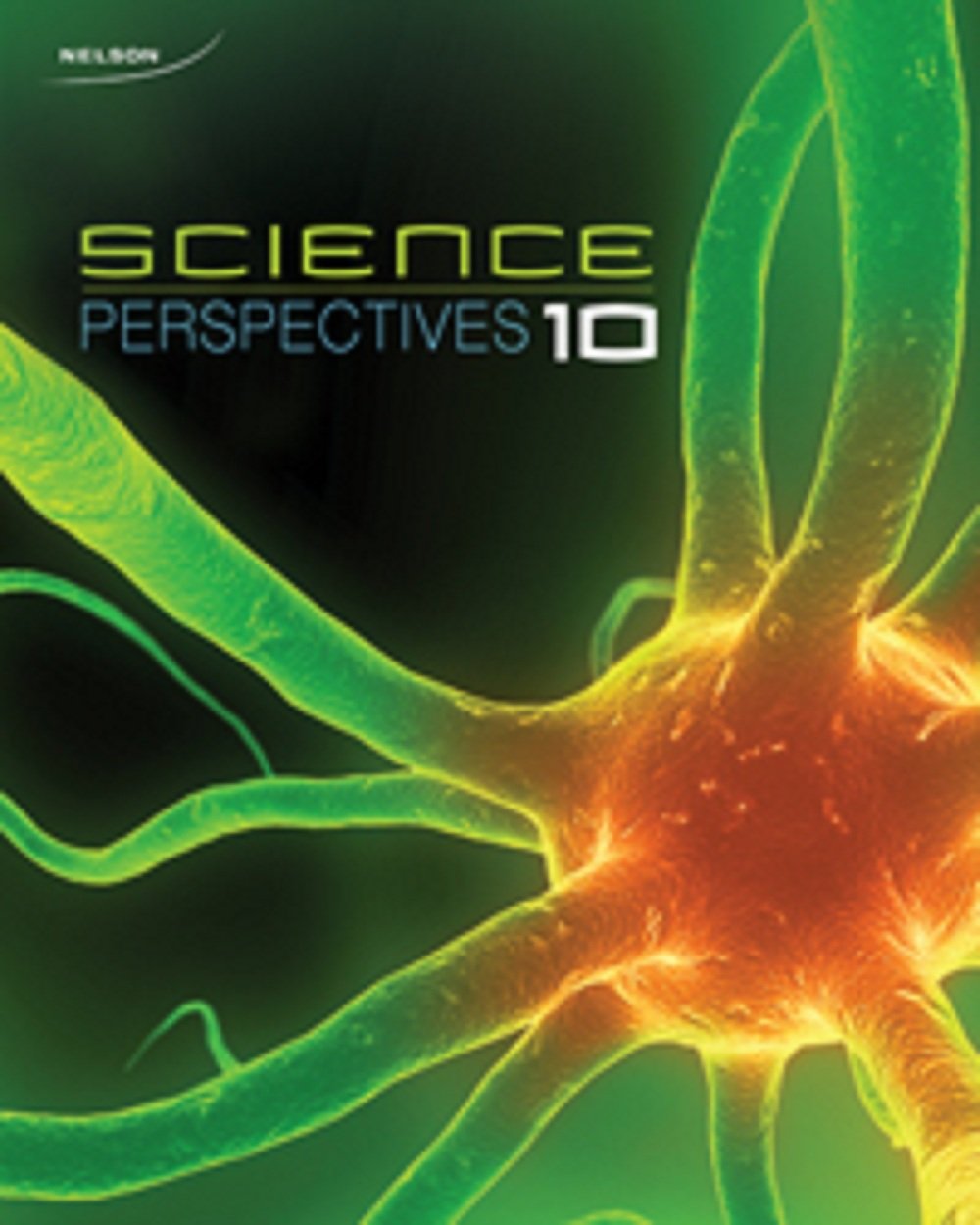
Nelson Science Perspectives 10
1st Edition
ISBN: 9780176355289
Textbook solutions
All Solutions
Page 400: Self-Quiz
Exercise 13
Result
1 of 1
Increasing temperatures cause ice caps to melt, which increases sea level. Increased level of precipitation causes sea levels to rise
Exercise 14
Result
1 of 1
Deforestation lessens the impact of forest carbon sinks which usually decrease the amount of carbon dioxide in the atmosphere, so by destroying carbon sinks, carbon dioxide levels increase
Exercise 15
Result
1 of 1
The anthropogenic greenhouse effect describes how human related sources of greenhouse gases leads to global climate change by increasing temperatures
Exercise 16
Step 1
1 of 3
a) it can act as a carbon sink by using carbon dioxide during photosynthesis to produce energy and oxygen.
Step 2
2 of 3
b) if the tree burns down or insects infest it, it will be a carbon source
Result
3 of 3
a) it can act as a carbon sink by using carbon dioxide during photosynthesis to produce energy and oxygen.
Exercise 17
Step 1
1 of 3
a) The melting of glaciers can provide a source of fresh water for civilizations.
Step 2
2 of 3
b) if the glacier melts completely, the civilization will lose its source of fresh water and need to find other ways to get the resource
Result
3 of 3
a) The melting of glaciers can provide a source of fresh water for civilizations.
Exercise 18
Step 1
1 of 3
a) Positive since an increase in carbon dioxide concentration increases temperature, and an increase in temperature leads in further increases in carbon dioxide concentrations
Step 2
2 of 3
b) Draw a circle where one thing leads to the next. The increase in carbon dioxide increases temperatures since it is a greenhouse gas. The increase in temperature effects the oceans ability to act as a carbon sink and can lead to drought conditions for wildfires. Both of these effects increase carbon dioxide concentration in the atmosphere
Result
3 of 3
a) Positive since an increase in carbon dioxide concentration increases temperature, and an increase in temperature leads in further increases in carbon dioxide concentrations
Exercise 19
Result
1 of 1
If much of their economy thrives off of industries that emit lots of greenhouse gases as a byproduct, it may harm them too much to join the agreement
Exercise 20
Step 1
1 of 4
a) I would not drive an SUV since they release so much more carbon dioxide than other cars
Step 2
2 of 4
b) Buses can carry so many people that the carbon dioxide released per passenger is likely less than even a regular car, so the SUV is still the culprit of emission
Step 3
3 of 4
c) People should still be held accountable for their emissions even though they may have local carbon sinks
Result
4 of 4
a) I would not drive an SUV since they release so much more carbon dioxide than other cars
Exercise 21
Step 1
1 of 3
a) Not necessarily, they may be correlating because they both change similarly to another stimulus
Step 2
2 of 3
b) Since data comparing human activity rates to average temperatures and greenhouse gas emissions have all been correlating and linked to one another
Result
3 of 3
a) Not necessarily, they may be correlating because they both change similarly to another stimulus
Exercise 22
Step 1
1 of 3
a) The correlation between human activity and greenhouse gas concentrations increasing is most convincing that human activity leads to climate change
Step 2
2 of 3
b) Human activity leads to increase in greenhouse gases via car emissions and industrial pollution
Result
3 of 3
a) The correlation between human activity and greenhouse gas concentrations increasing is most convincing that human activity leads to climate change
Exercise 23
Result
1 of 1
Climate change is a global issue because almost every region contributes to it and the effect of increasing temperature occurs on the global scale
Exercise 24
Step 1
1 of 3
a) The thermal expansion as the oceans warm due to increasing atmospheric temperatures and the melting of ice caps both cause sea levels to rise
Step 2
2 of 3
b) the fact that the Earth’s surface is dynamic and always moving could also contribute to sea level rise, as well as adding lots of trash and pollutants to the seas.
Result
3 of 3
a) The thermal expansion as the oceans warm due to increasing atmospheric temperatures and the melting of ice caps both cause sea levels to rise
Exercise 25
Result
1 of 1
If this were possible to stop all emissions, then yes we could stop climate change from happening, but this idea is impossible so we must find other ways to reduce our impact on the climate
Exercise 26
Result
1 of 1
They compare how natural factors have affected the climate to how human related factors have affected the climate. The models often show that human activities greatly affect the environment when compared to natural factors
Exercise 27
Result
1 of 1
The forests can only absorb so much carbon dioxide. Once they are absorbing the most they can, they will not absorb any more so there is a limit to how much they can remove from the atmosphere. Also, this reliance on the forest could be catastrophic should the forest be infested by insects or catch on fire
Exercise 28
Result
1 of 1
The natural greenhouse effect involves natural factors that emit greenhouse gases into the environment where anthropogenic involves only human related factors that emit greenhouse gases
unlock

